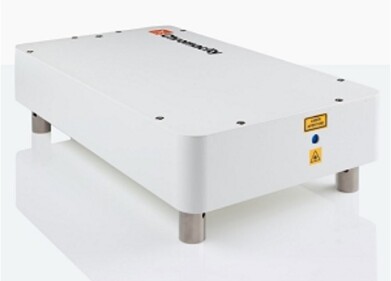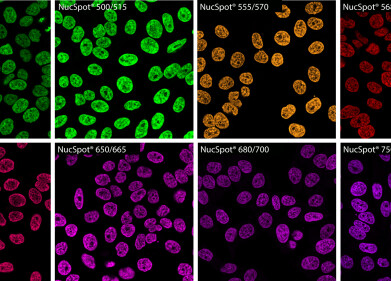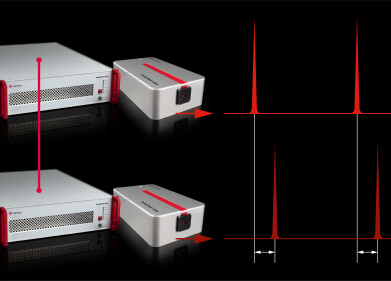-
 The skin was grafted onto mice
The skin was grafted onto mice
Microscopy & Microtechniques
Microscopy methods developed in fake skin experiment
Apr 22 2010
Researchers at the University of Granada needed to introduce several inmunofluorescence techniques to enable experiments on the skin, Diligent Media Corporation reports.
The substitute membranes, created using tissular engineering, underwent quality control operations - including checks for cell proliferation, the expression of cytokeratin and the presence of differentiating morphological markers.
Following tests, the lab experts found satisfactory biocompatibility levels with the mice, with the skin showing no signs of infection or rejection.
According to the news provider, all of the animals used in the study exhibited granulation of the grafted tissue within six days, while nearly three weeks later cicatrisation - the forming of scars - had completed.
Earlier this month, the Engineer magazine reported that the latest microscopy procedures are being implemented in a Wellcome Laboratories study to develop more effective treatments for eye diseases.
Digital Edition
Lab Asia 31.6 Dec 2024
December 2024
Chromatography Articles - Sustainable chromatography: Embracing software for greener methods Mass Spectrometry & Spectroscopy Articles - Solving industry challenges for phosphorus containi...
View all digital editions
Events
Jan 22 2025 Tokyo, Japan
Jan 22 2025 Birmingham, UK
Jan 25 2025 San Diego, CA, USA
Jan 27 2025 Dubai, UAE
Jan 29 2025 Tokyo, Japan


















